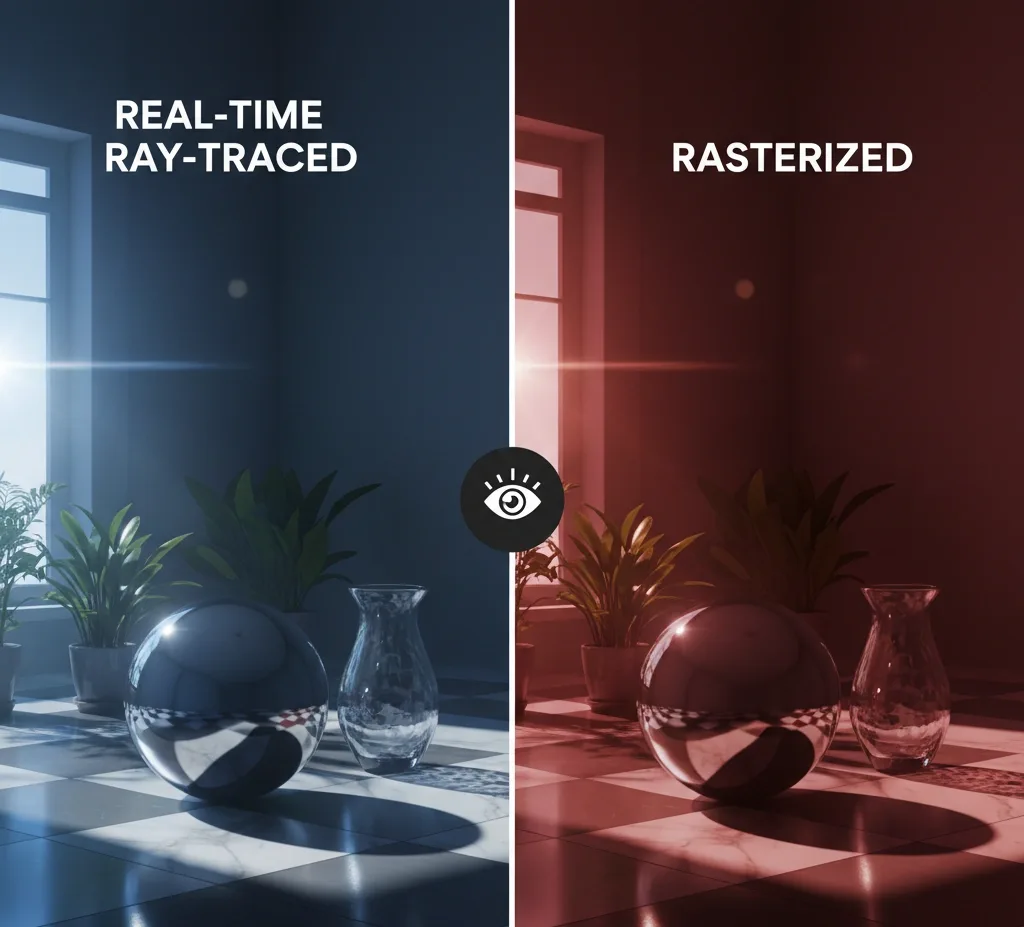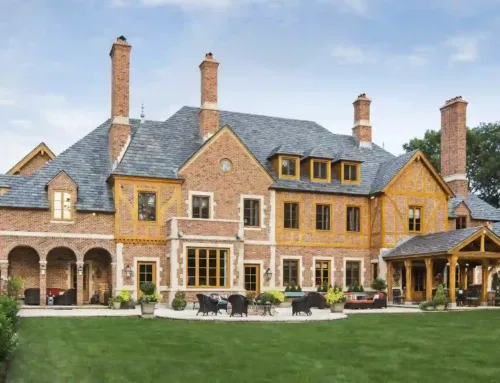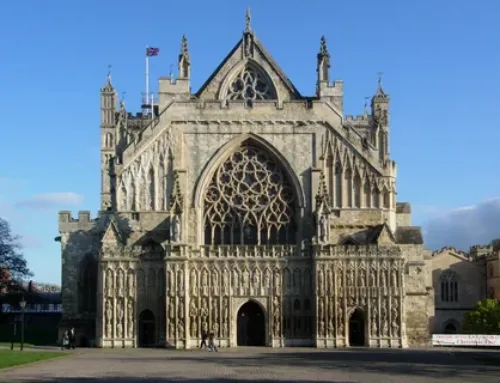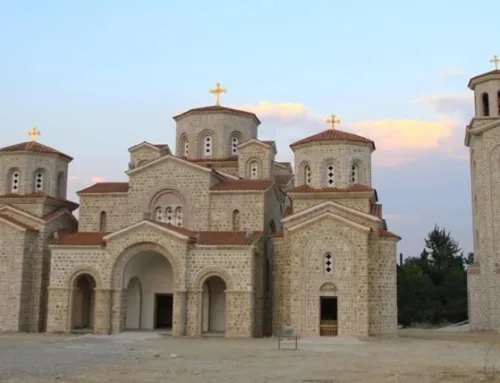Difference Between Real-Time Ray-Traced vs Rasterized Rendering
This topic is all about Ray Tracing vs Rasterization! When you play a video game or watch animated movies. Those graphics are created with the help of modern rendering methods. The two main methods are rasterization and ray tracing. We have discussed both of these methods in detail. Understanding the difference between these two helps in understanding performance and other factors.
You may want to know what makes modern graphics realistic so discover the differences between ray tracing and rasterization and choose the right one for your next project!
Understanding Rasterization
Rasterization is a technique that is used to convert three-dimensional objects into two-dimensional images. The process is named as projection.
It is the division of 3D models into a mesh of triangles or polygons. Each vertex contains information about color, texture, and other details. The Rasterized Rendering Services process this information onto the screen. After that, it fills in pixels that are based on calculations.
The type of rendering process includes the following steps:
Here are the simplified steps of rasterization rendering:
- The computer squashes all 3D objects onto your flat screen. In simple words, taking a photo and figuring out what’s in front and what’s behind.
- It fills in each pixel on screen with colors to draw the objects, like a digital paint-by-numbers.
- It wraps textures onto objects and uses quick math formulas to fake lighting and shadows. It helps to make everything look realistic.
It is a fast process that makes this method famous in modern graphics cards for its high speed. Well, it is considered ideal for video games where speed is necessary.
Not good with light!
Rasterization cheats with light. A rasterizer does not track bouncing light by default, which produces two main problems:
- During the process, artists have to manually stick extra, hidden lights everywhere. It can be behind or under the objects. They do this to make the scene brighter and natural.
- Fake light effects are also added by the experts. They add realistic shadows, mirrors, and soft, indirect light.
Ray Tracing
Real Time Ray Tracing is a different method that creates realistic images by copying how light works in real life. Instead of using manual rendering methods. It traces individual light rays as they bounce around a scene.
The system calculates where each ray of light comes from and all other information before reaching our eyes. Due to this, realistic outputs are created with splendid lighting and shadows.
The process involves several specialized shader types:
- The Ray Generation Shader determines how rays are spawned for each pixel on screen
- Intersection Shader calculates where rays intersect with scene geometry
- Hit Shaders determines appropriate shading at intersection points
- Miss Shader handles rays that don’t hit any geometry
Difference in Performance
Rasterization allows modern games to achieve 60 – 240 frames per second. However, this performance is best for instant gameplay and the best experiences.
On the other hand, ray tracing is demanding in terms of computation. It contains a lot of complex calculations.
Technical Abilities
Why Rasterization is good:
- Fast geometric rendering of triangulated meshes
- Real-time performance at high resolutions
- Efficient texture mapping and polygon processing
- Predictable performance characteristics
What Rasterization Struggles With:
- Accurate lighting simulation requires multiple passes
- Complex reflections and refractions
- Global illumination effects
- Realistic shadow casting in complex scenes
Ray Tracing Advantages:
- Physically based rendering with natural soft shadows
- No approximation needed for light-material interactions
- Support for complex camera models and optical effects
- Natural handling of transparent and reflective materials
- Better results with fewer manual adjustments
Ray Tracing Challenges:
- High computational requirements
- Noise artifacts requiring denoising algorithms
- More demanding on GPU memory and bandwidth
- Variable performance based on scene complexity
Industry Use
If you want to hire experts for Product Rendering Services, the choice is yours, which method you want to choose.
For Video Games, rasterization is mostly selected to get good performance. Ray tracing enhances effects like reflections and shadows.
For Film and VFX, ray tracing is better at providing quality and realistic visuals.
For architectural visualization, realistic ray tracing is ideal to create realistic visuals for high-quality results.
For Virtual Reality, consistent frame rates make rasterization important.
Final Words!
Ray Tracing vs Rasterization is discussed in detail to show all of their aspects. Modern developers and artists must understand the pros and cons of both techniques. This will help them make the right decisions on which one to apply. For speed, rasterization rendering is better. For realistic visuals, ray tracing is better! But, most of all, the best thing is to get expert help and get the desired outputs.





